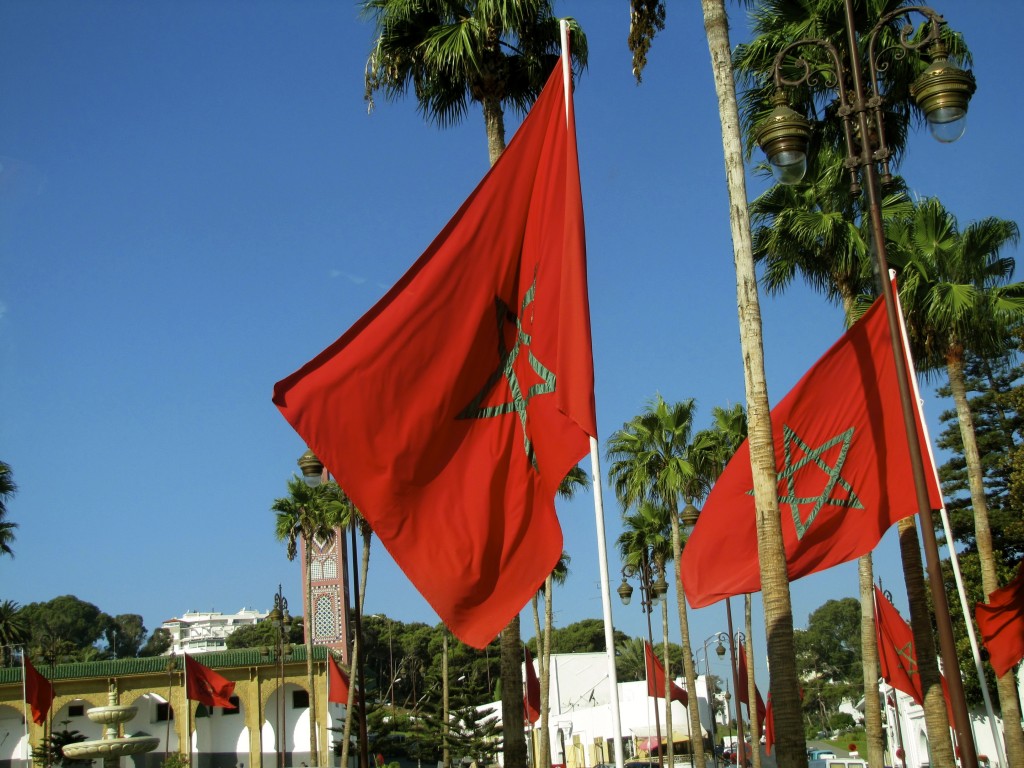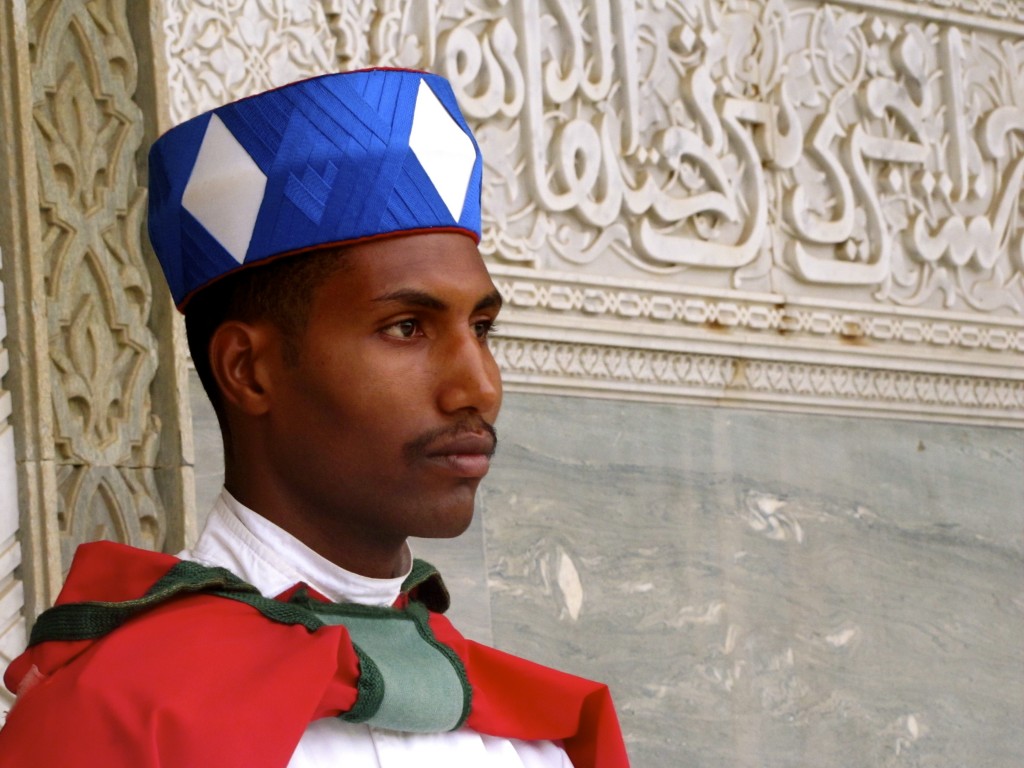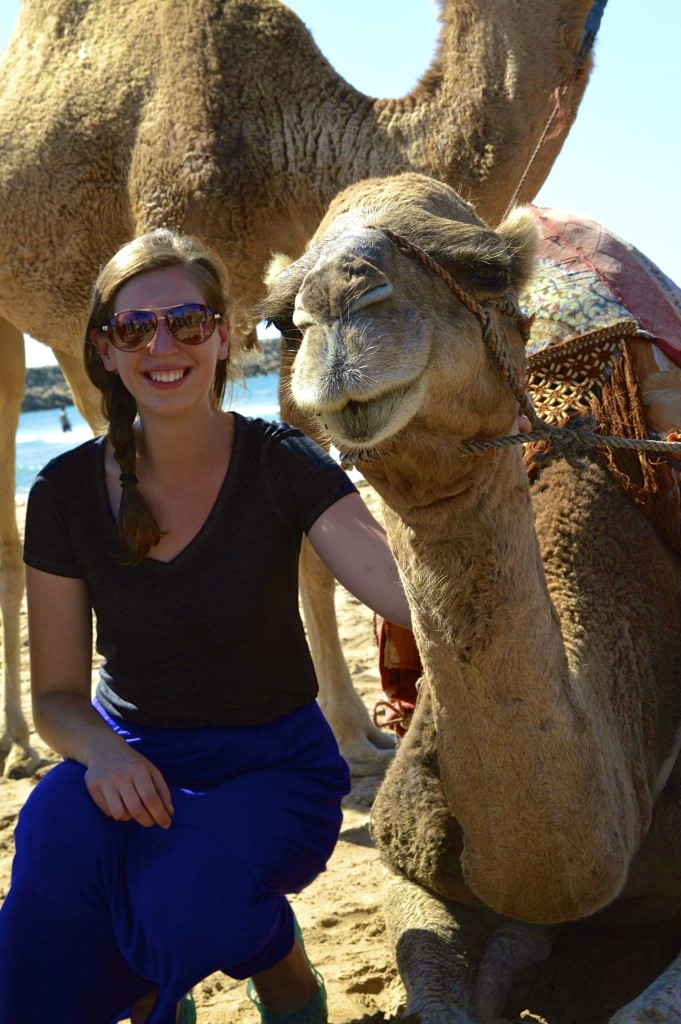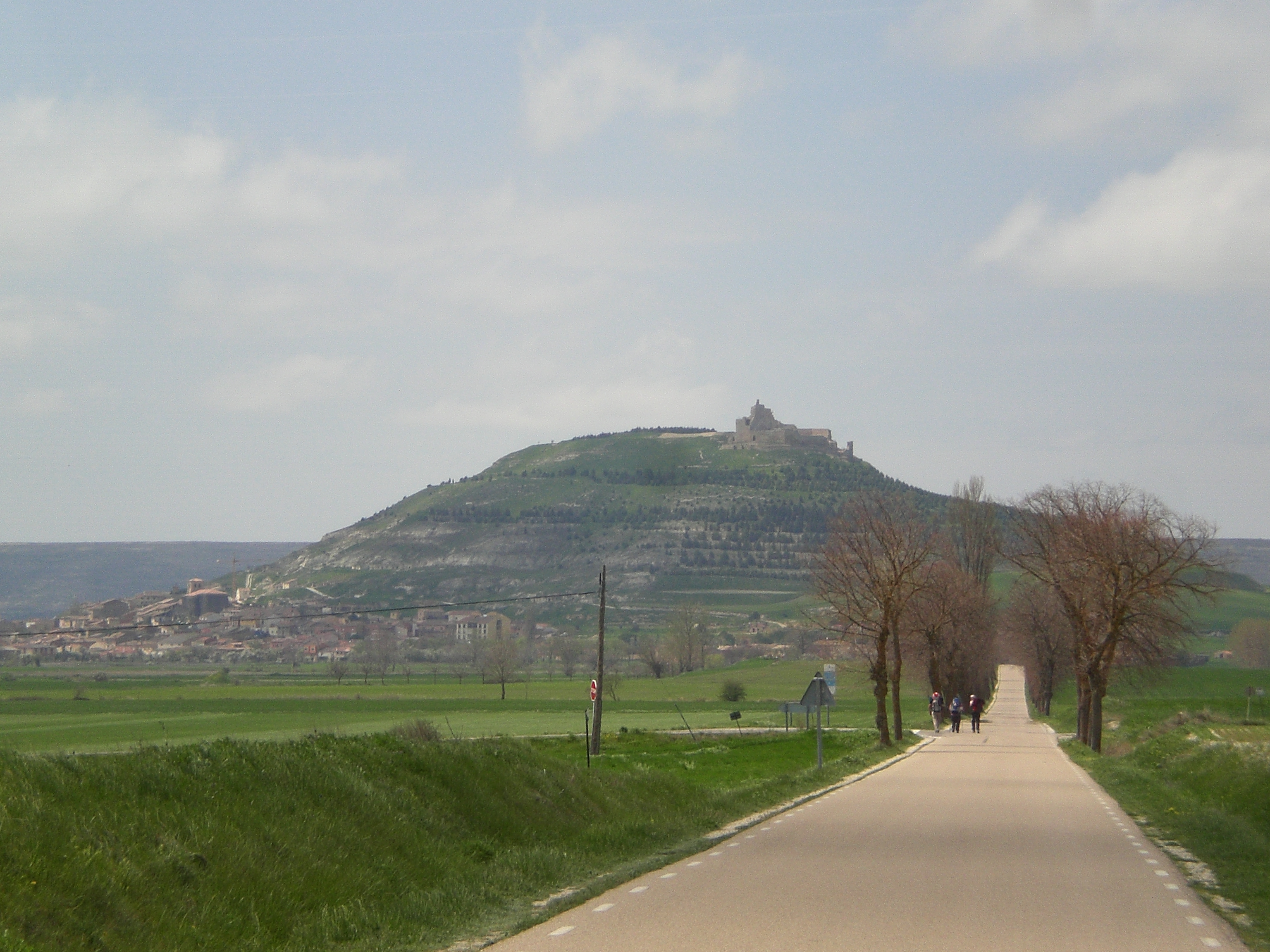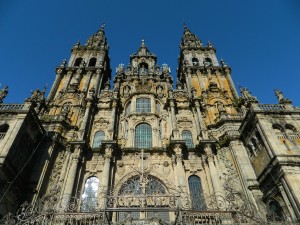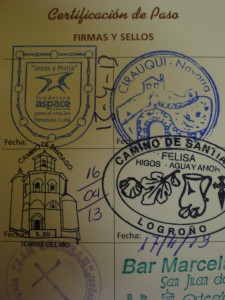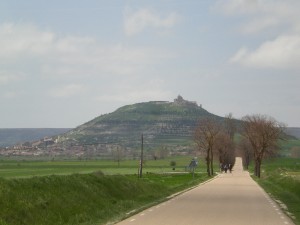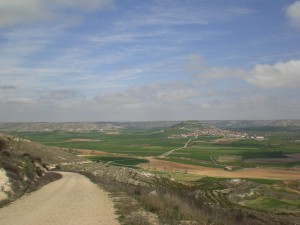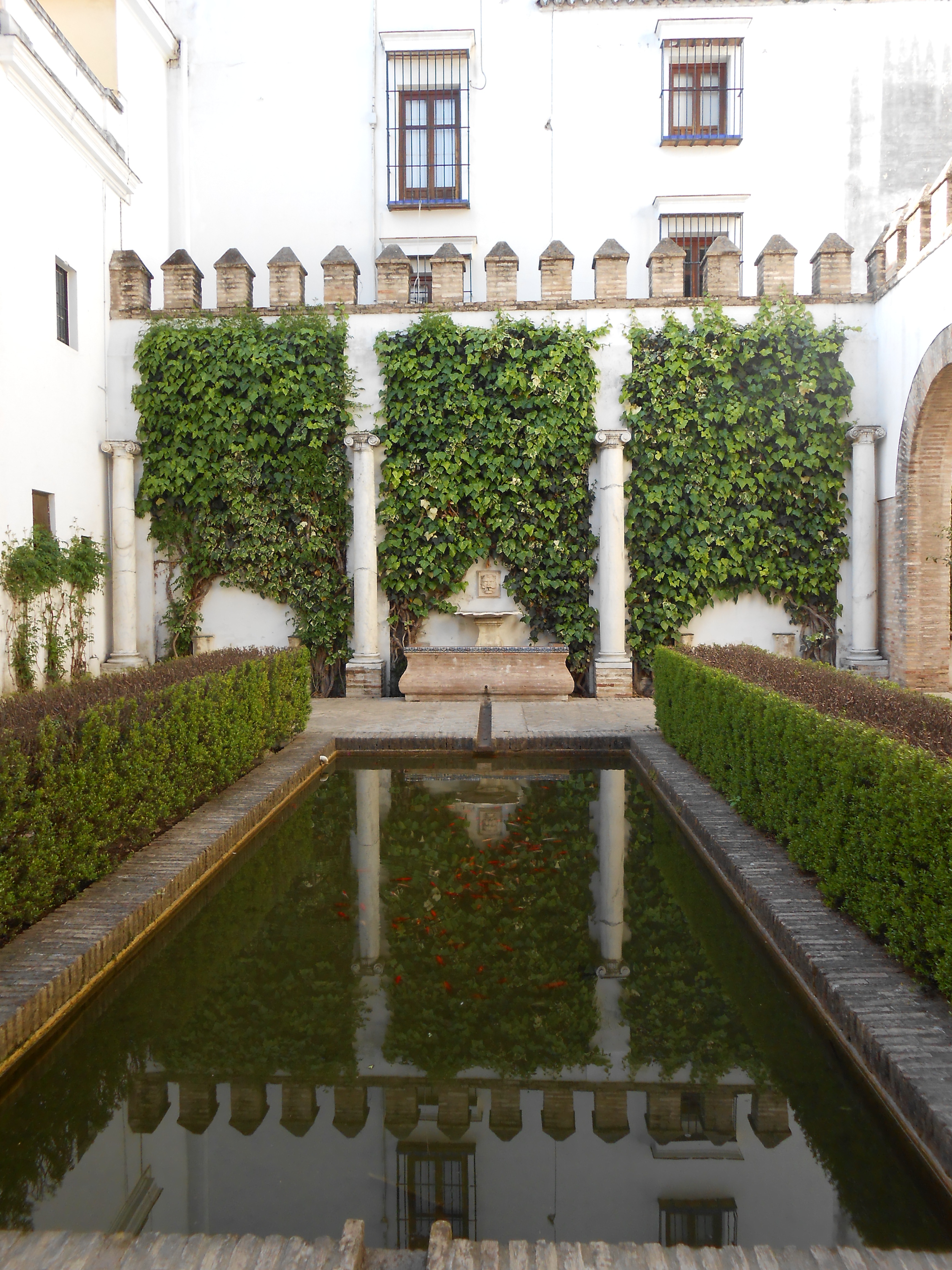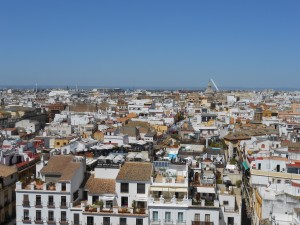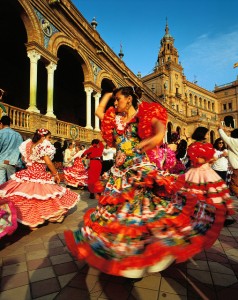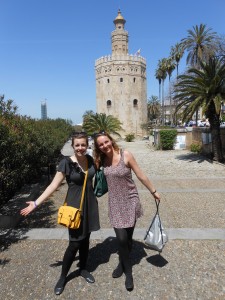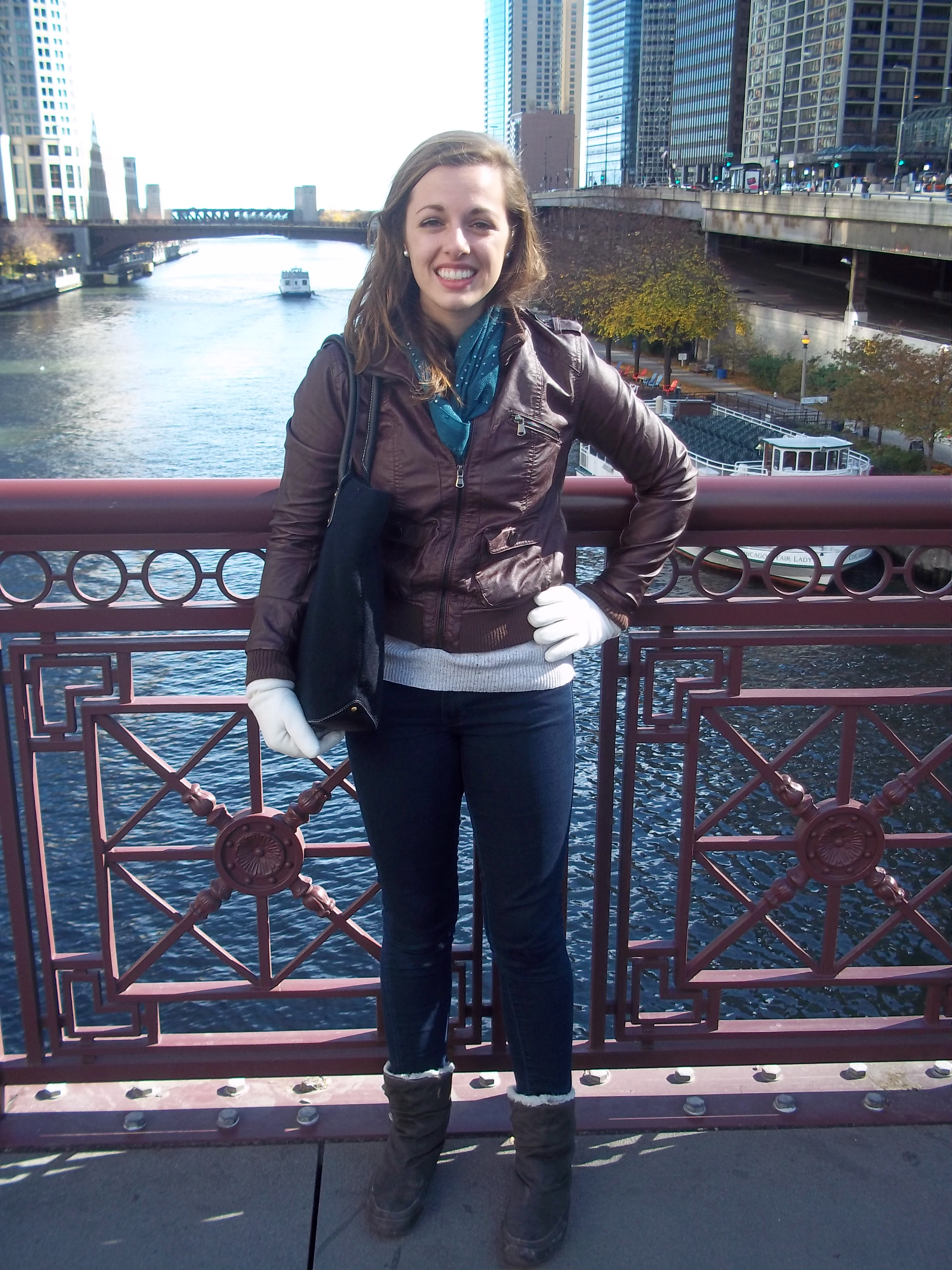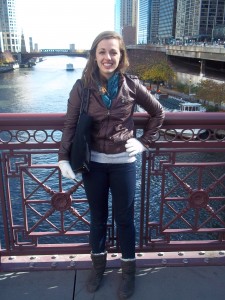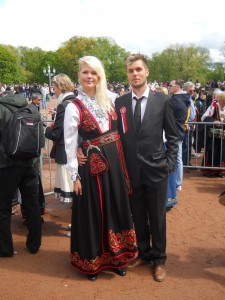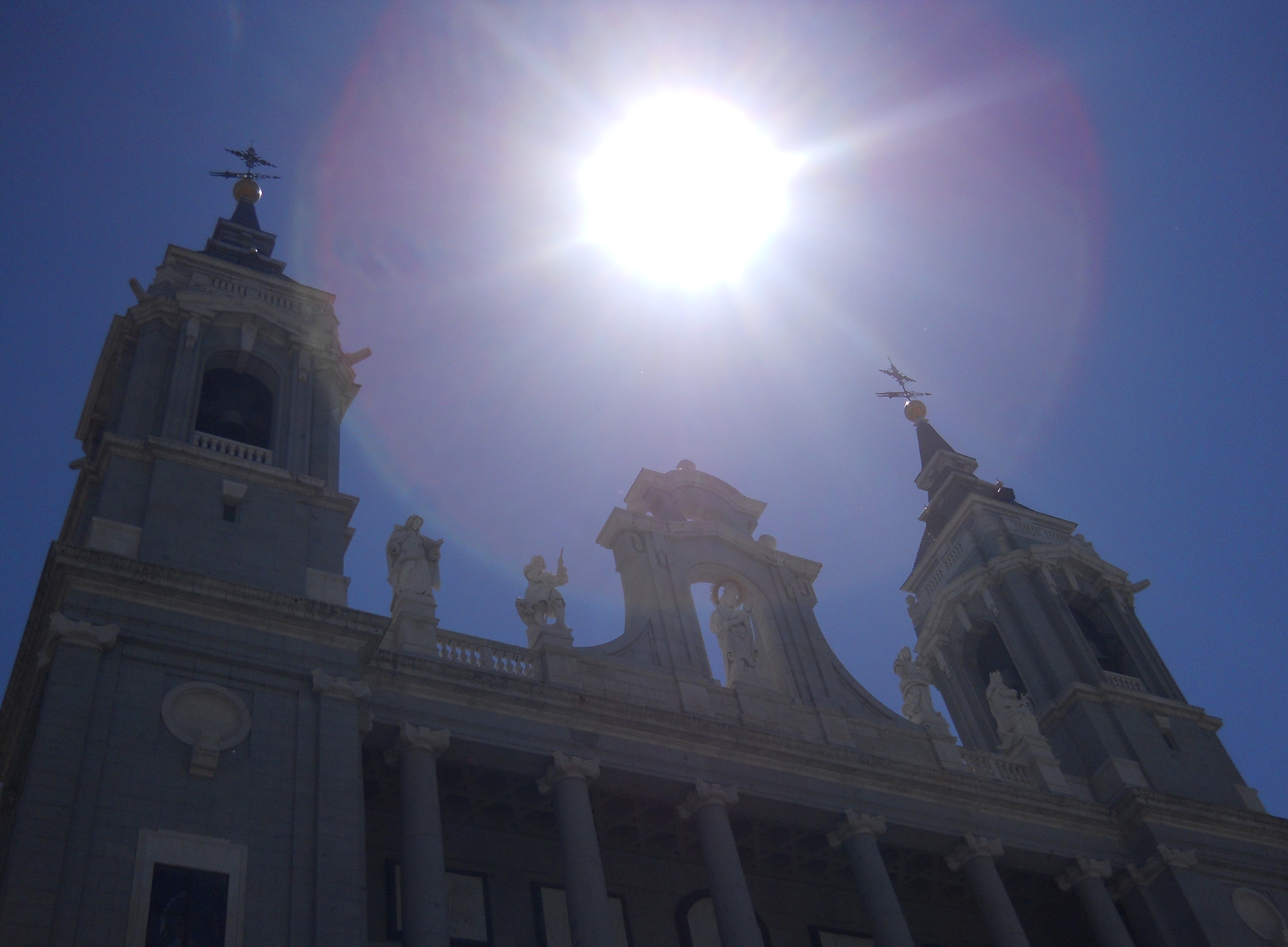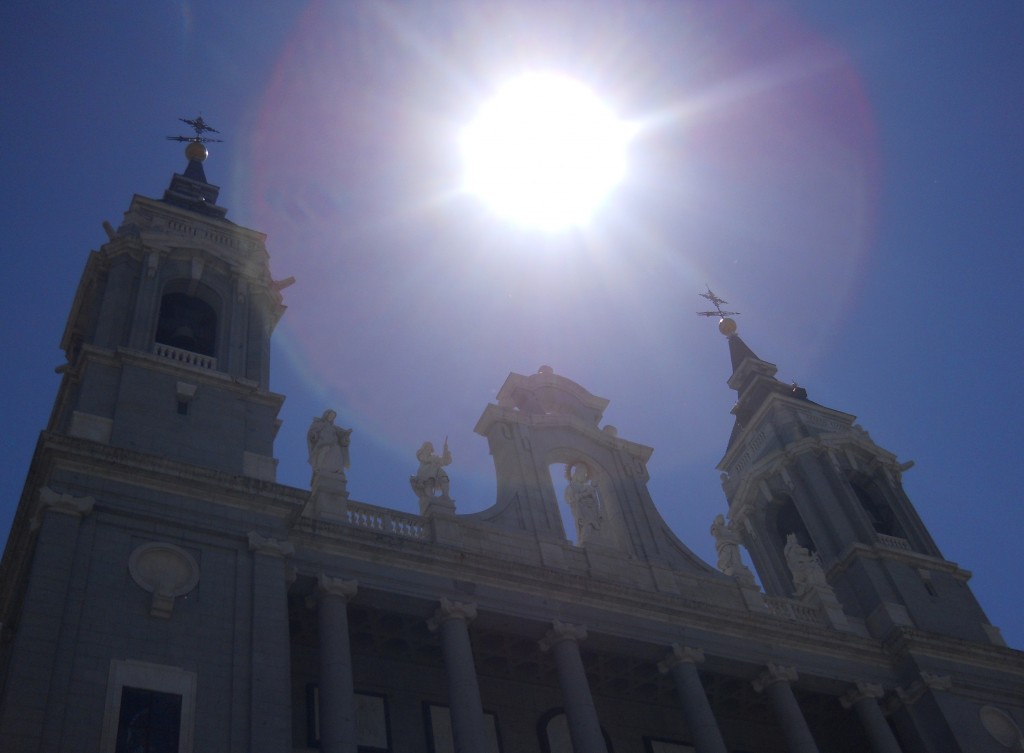No I didn’t get taken, but I have been relatively missing from social media these past couple weeks and I wanted to apologize. I officially have a fully functioning computer, so from now on, I promise posts will be much more consistent.
I’ve done a lot within the last month: explored Madrid, sprained my ankle falling down some ancient steps, entered the famous mezquita of Cordoba, saw Big Ben with my own eyes, and received my official Spanish residency card for the year. Though I’ve had my usual share of fun and adventure, these last couple weeks in particular have been a giant wake-up call back to reality.
The week before last happened to be midterm week.
This wouldn’t be such a big deal if,
A. I was like every other student and had regular midterms every semester. In the history field, I usually have papers. Don’t get me wrong, papers themselves are a lot of work. They just require a different type of work than a multiple-choice test. I haven’t had a proper midterm since the days of living in the basement labs of Neils when I was a science major…
and
B. All of my grades this semester were based upon more than 2 things: my midterm and my final. In all actuality that is how all of my classes are being graded. Only 2 grades for a semester’s worth of work.
That’s a lot riding on just 2 tests.
If you know me well, you know that I am a perfectionist. Especially when it comes to school. I knew that this year of classes entirely in Spanish would be a huge risk for me. I’ve had my fair share of failed tests and bad papers throughout my time at Valpo. Usually, however, classes are weighted with enough papers, tests, participation, and the like to allow for one or two not so perfect assignments. Apparently, it doesn’t work that way in Spain.
So while it’s extremely nice to have 4 day weeks and not have boatloads of readings, 20 pg papers, and in general outside of class work, that also makes for ensured stess leading up to midterms and finals. Not to mention, everything is in Spanish.
It’s a whole new education system to get used to. One that I quite honestly wasn’t expecting.
There have been so many things that I’ve had to adjust to while living here that I never anticipated. It’s amazing how seemingly little things such as your host mom refusing to refrigerate milk, or classes being graded 10-1 vs A-F, all add up to create a huge feeling of being foreign.
Some days, that feeling unfortunately takes over. I’m at the point in the semester where the “honeymoon” is over. I’m still as deeply in love with the city of Granada and with Europe as ever, but now that I know the city like the back of my hand and am a lot more comfortable with it, homesickness has begun to set in a little bit.
On days when I need to buy something, but can’t at the exact moment I want to because the whole city is closed for siesta, or moments when I can’t seem to speak or think a word in Spanish, all I want to do is be back at Valpo where I’m much more comfortable.
Fortunately, I have days like today to remind me just how much I love being here.
This morning on my walk to school, I caught a glimpse of the freshly fallen snow on the Sierras. Suddenly not caring so much about getting to class on time, I took a few moments to soak in the beauty around me. Granada is perfectly nestled within the mountains and I will never get sick of the incredible view. Seeing them covered in snow for the first time was beyond words.
After such a good start, my day and attitude only continued to get better. Booking my flights to Portugal and Germany for winter break, I realized that I only have a month left here before Dec-January break. I won’t be back to Granada until classes begin again in February. Though I’m beyond excited to visit with friends and see more of Europe, suddenly it seems as if my time here is growing very short. I’m blessed to have another semester here and can’t wait to see what it holds. Until then, as I count down the days til break, I’ll be cherishing every moment I still have in this beautiful city.
Oh, and in case you were wondering about those exams I was so worried about? I got my results back. All were not perfect, but I did manage to far exceed the expectations I set for myself.
Maybe I can speak a little Spanish after all.


